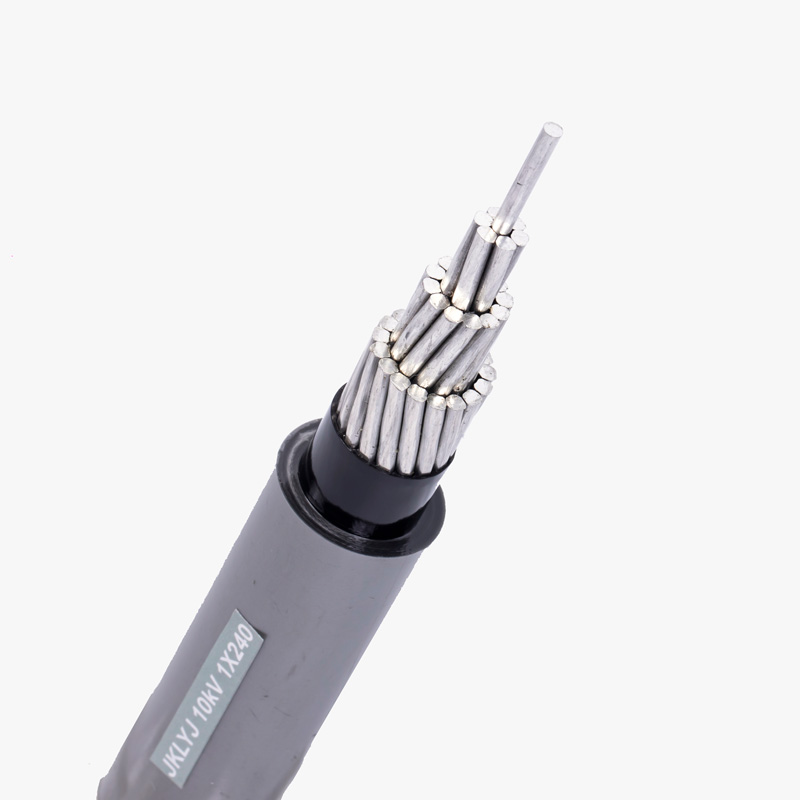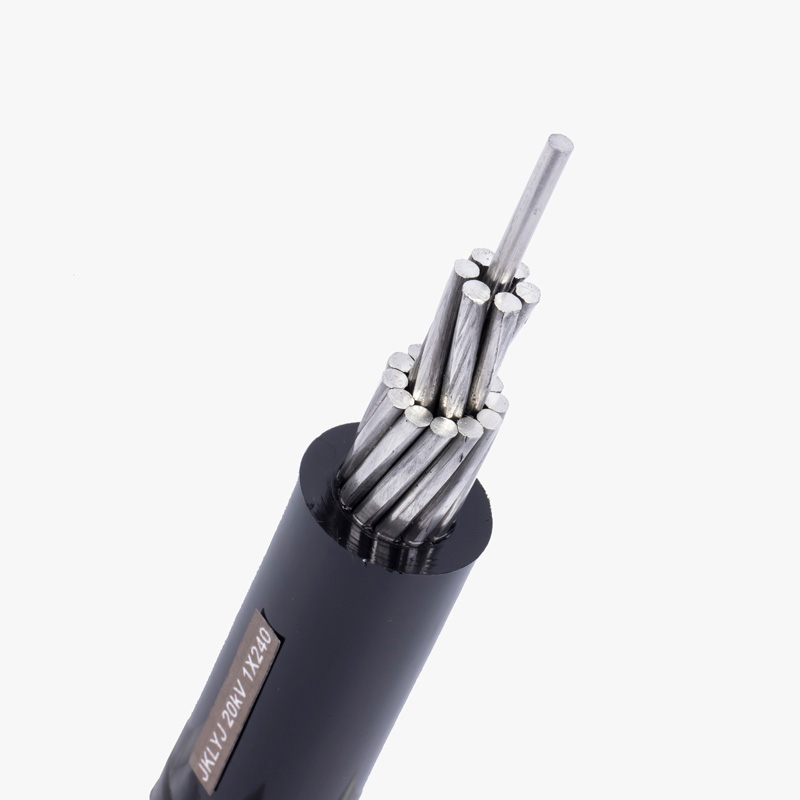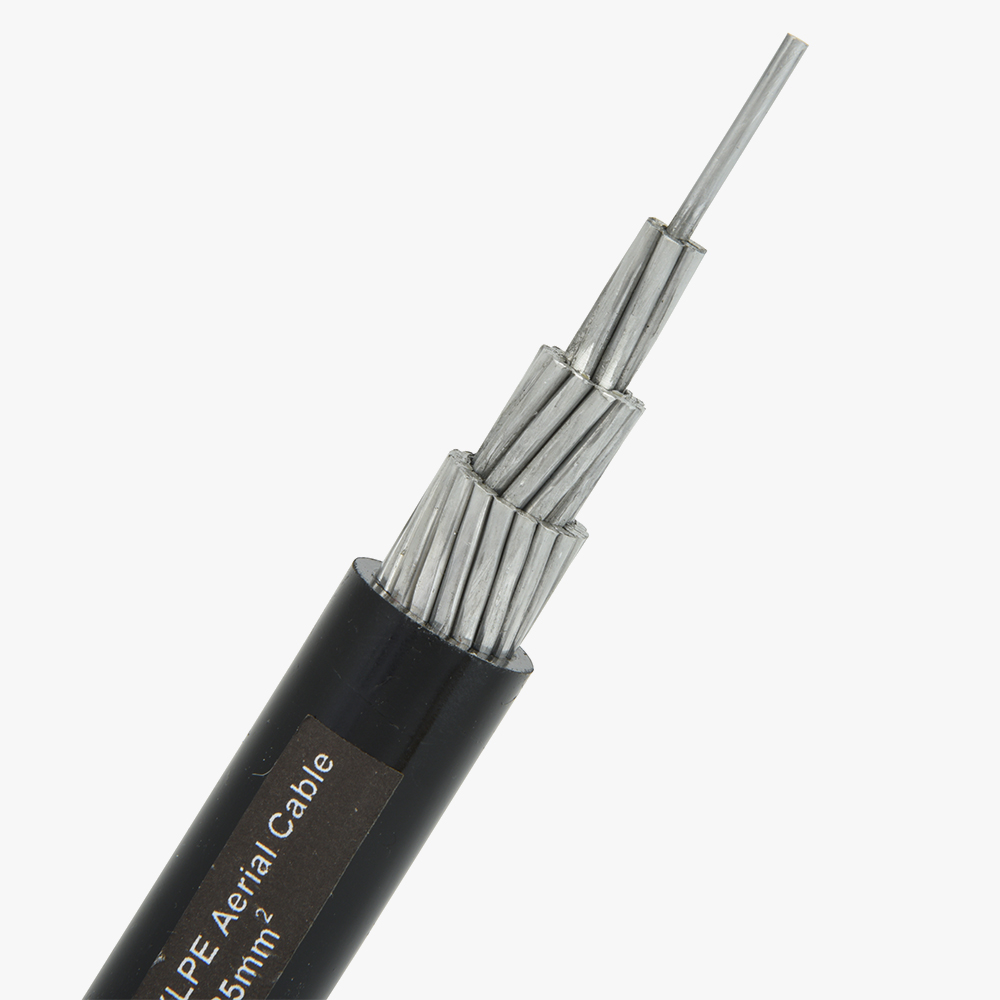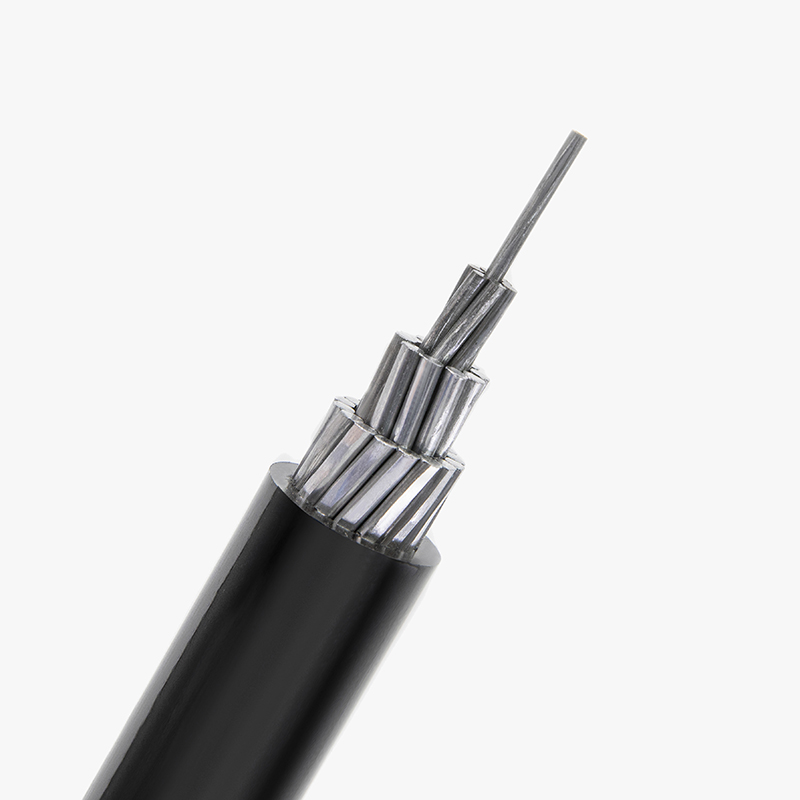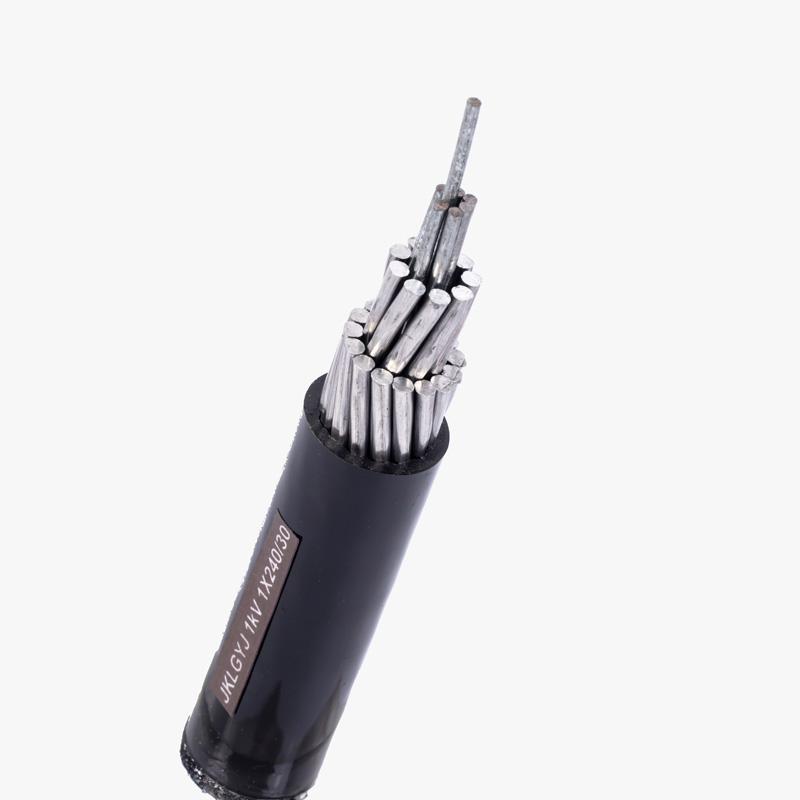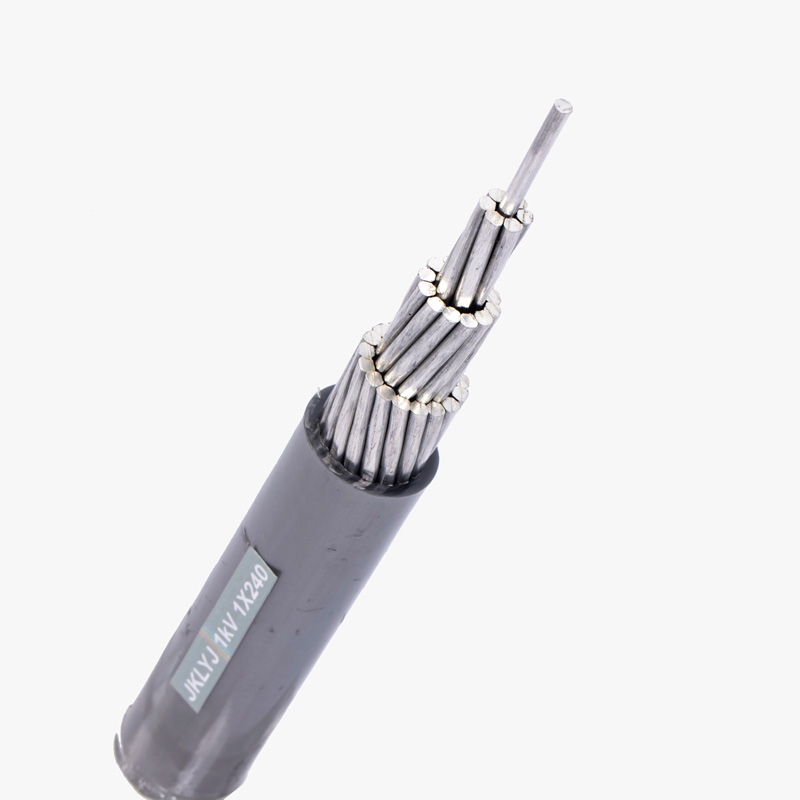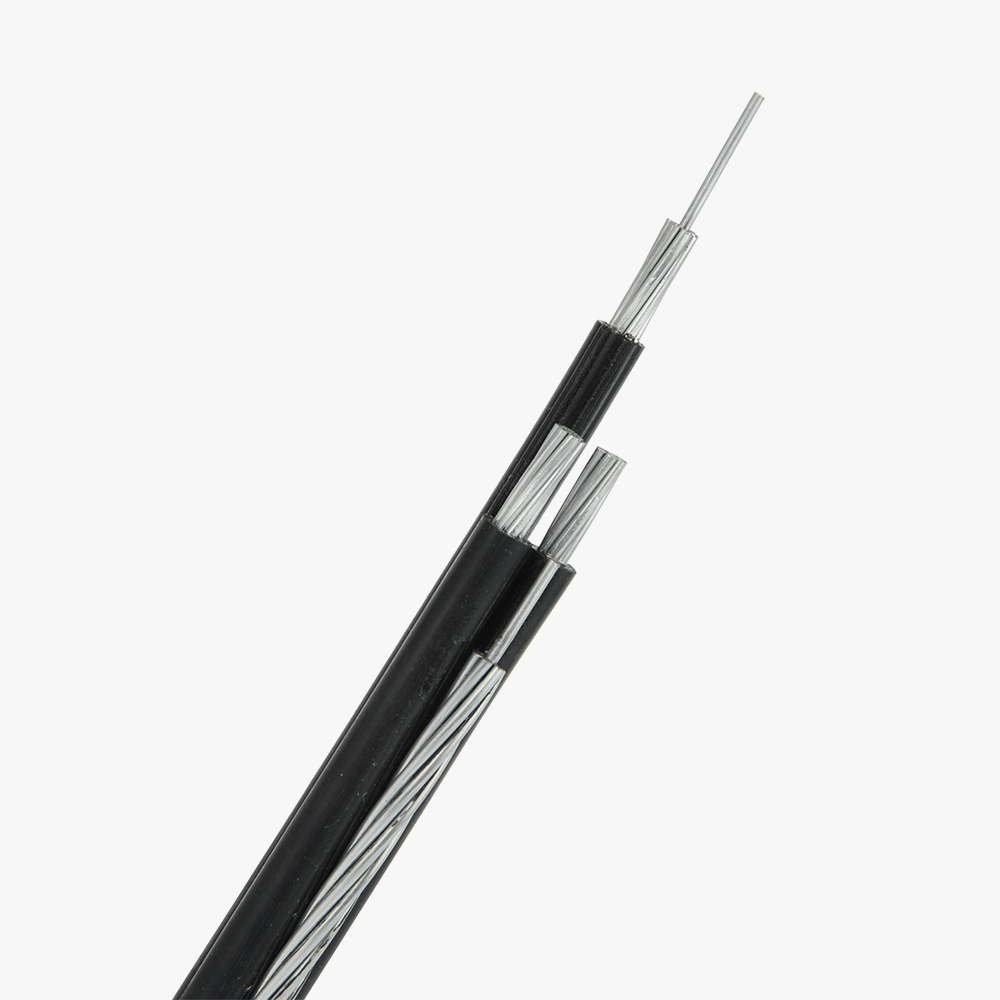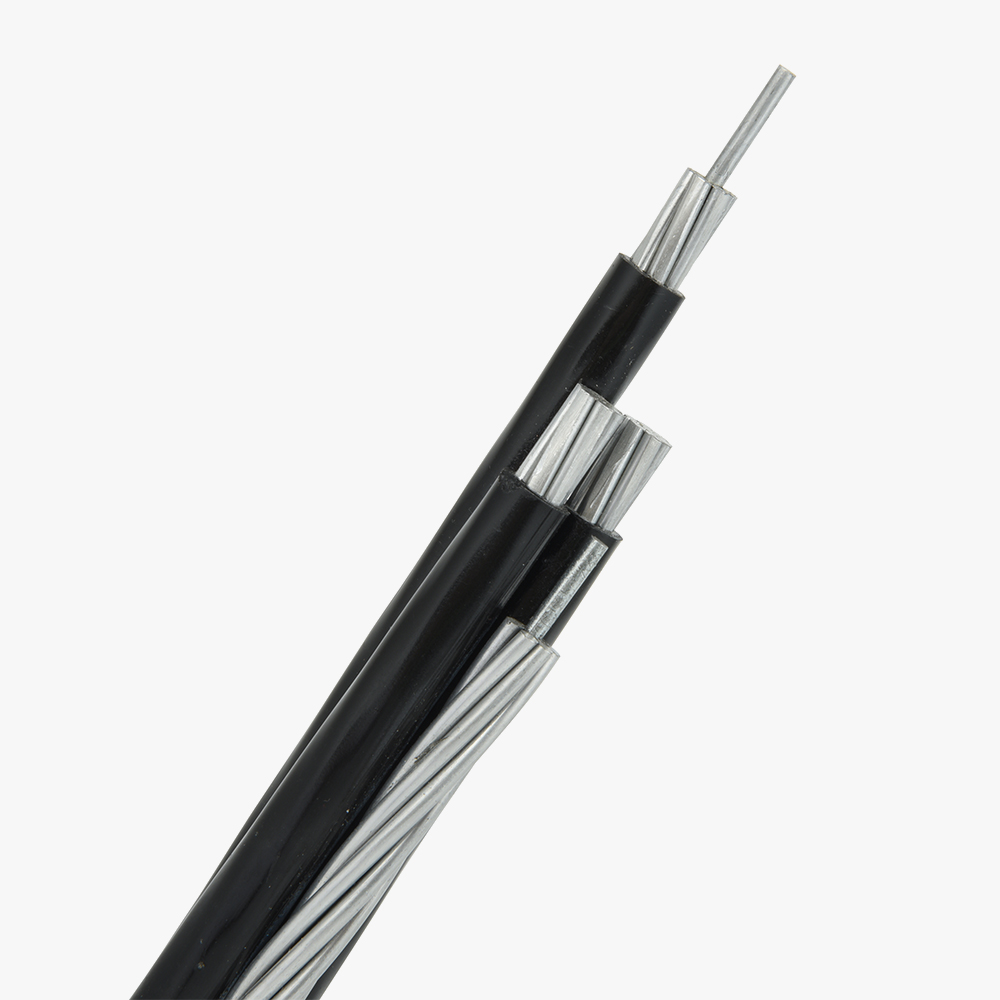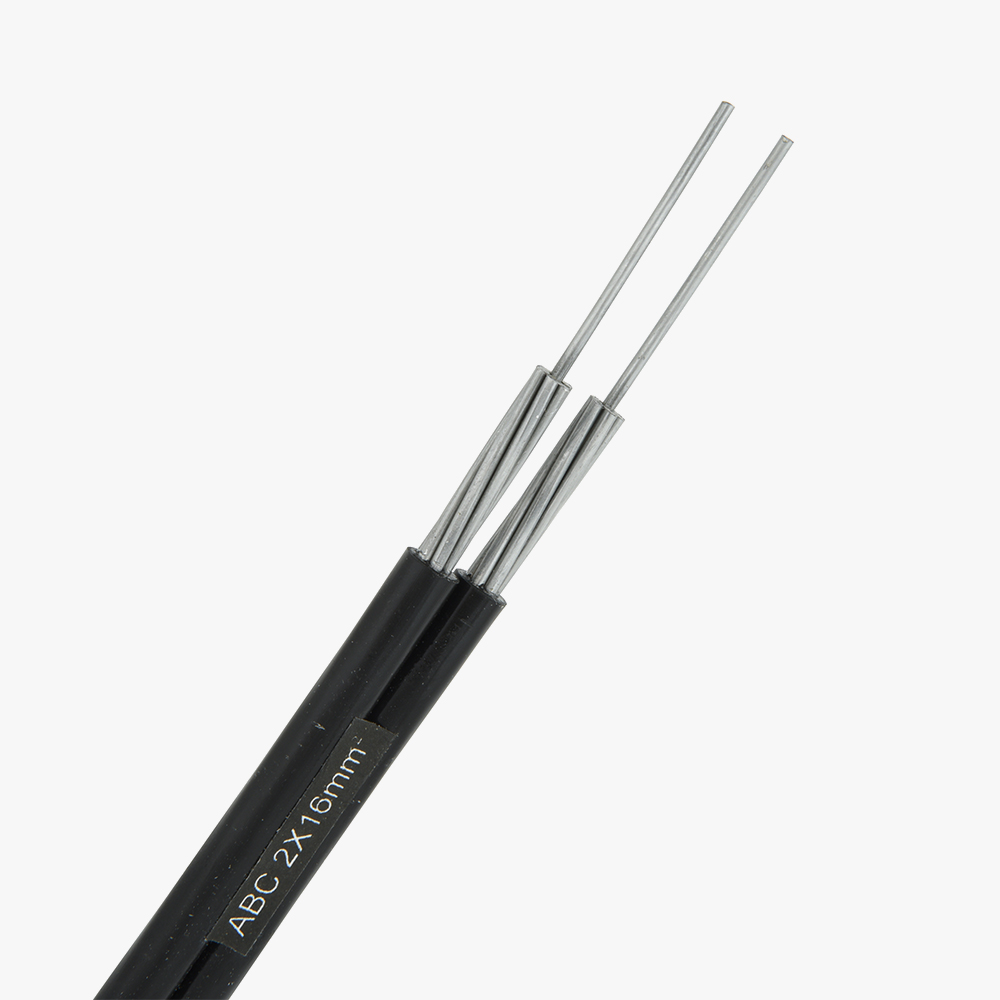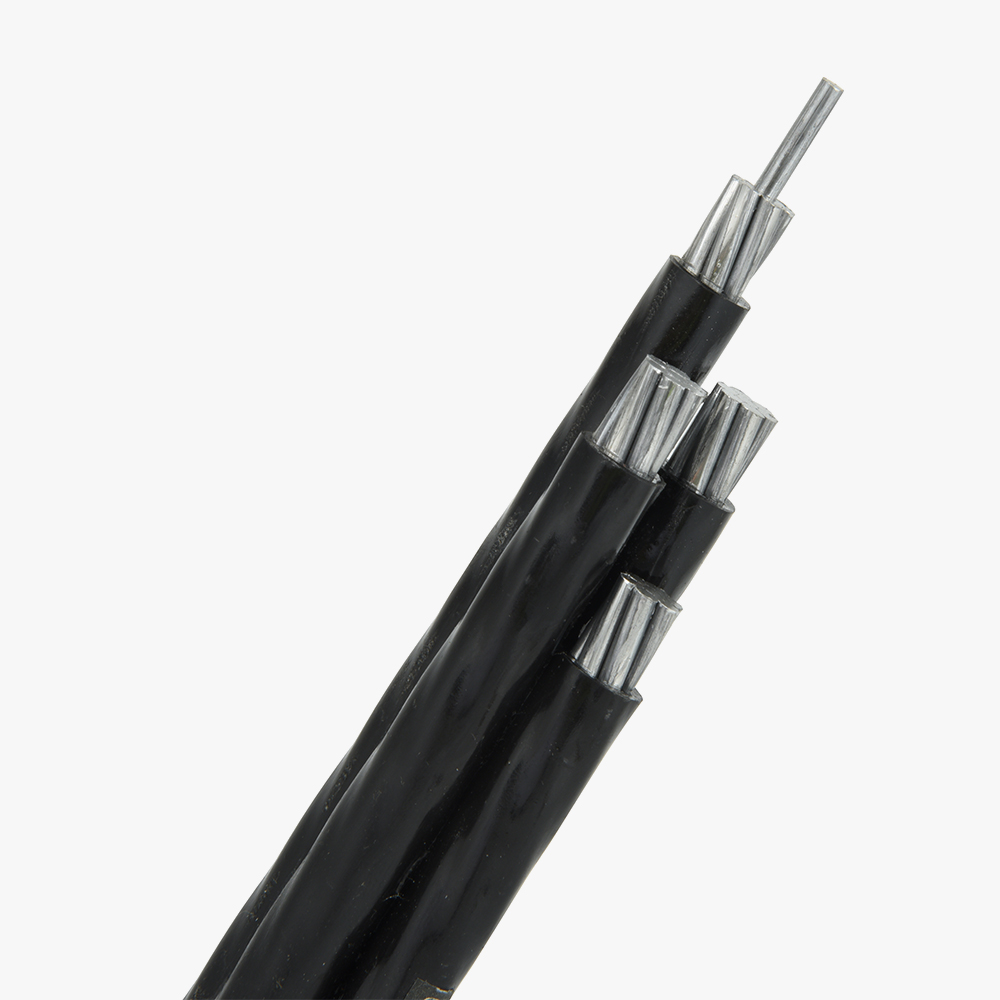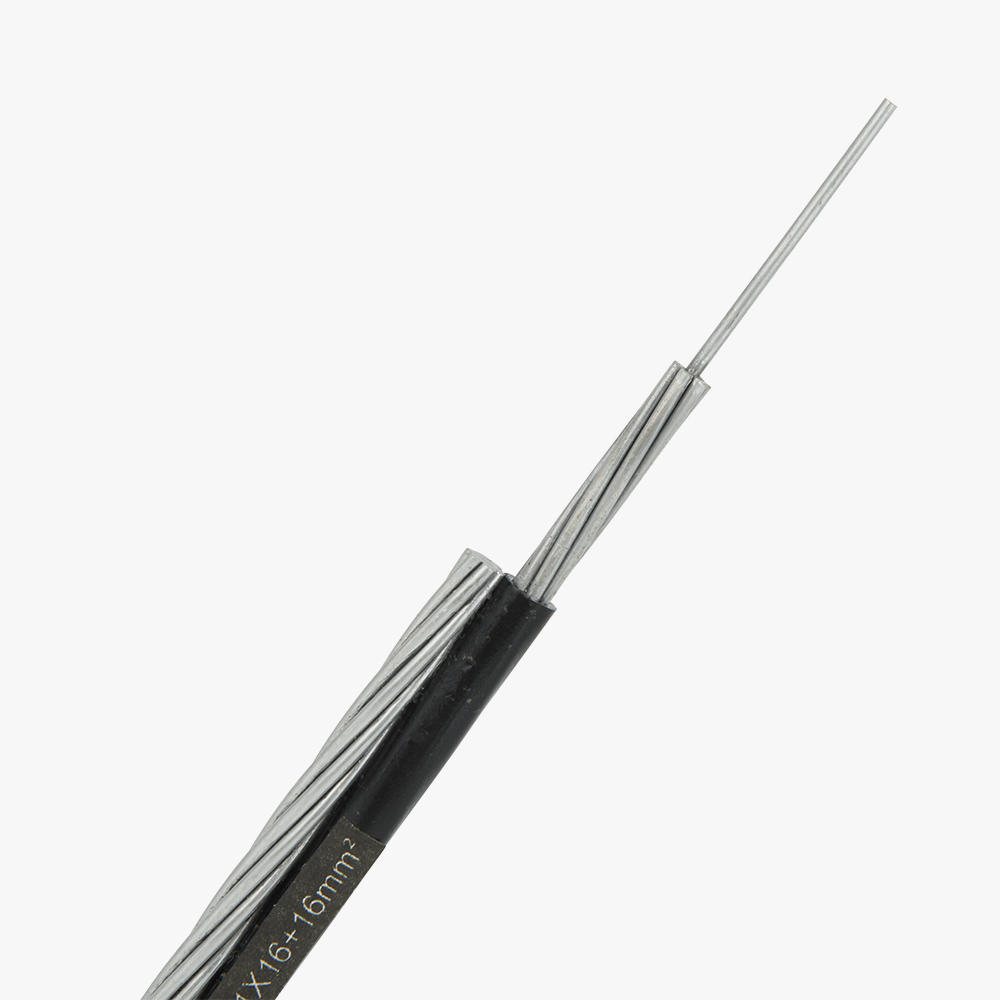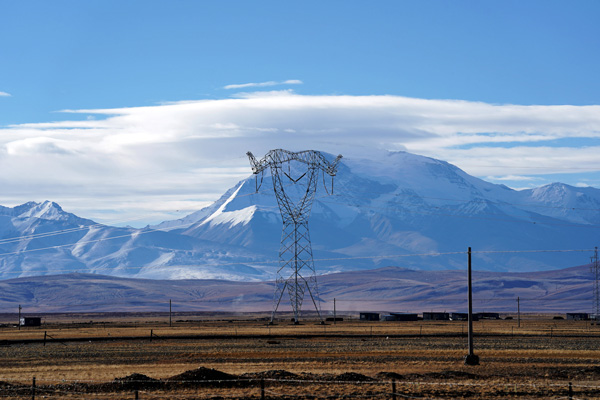How to Choose the Appropriate ABC Cable Specifications
When choosing ABC cables, you must consider several factors such as voltage level, current-carrying capacity, and environmental conditions. For high-voltage applications, select cables designed to handle higher loads while ensuring the insulation material is suited for the specific climate (e.g., heat, humidity, or frost). Additionally, ensure that the ABC cable complies with the standards and requirements set by your local authorities for safety and reliability. Consulting with a trusted manufacturer or supplier can help you make the most informed choice.
Installation Methods and Precautions for ABC Cables
Installing ABC cables requires careful planning to ensure safety and optimal performance. First, the cables must be correctly suspended, typically by using sturdy poles or pylons. The conductors should be spaced adequately to avoid contact with other structures or trees. It is crucial to check the tension to ensure that the cable remains securely in place under different weather conditions. Additionally, professionals must ensure proper insulation, especially in areas with high wildlife activity, to prevent short-circuiting or accidental fires. Always follow the manufacturer’s installation guidelines to minimize risks.
Environmental Adaptability of Overhead Cables: Coping with Extreme Weather and Natural Disasters
ABC cables are specifically designed to withstand extreme weather conditions, making them highly adaptable in regions prone to storms, heavy winds, or temperature fluctuations. Their insulated construction offers superior protection against the elements compared to traditional cables. During natural disasters like hurricanes, ABC cables are less likely to cause outages, as they are more resistant to damage from falling trees, debris, and floods. This resilience makes them an excellent choice for ensuring a reliable power supply in areas where environmental conditions are unpredictable and harsh.
The Integration of Aerial Cables with the Smart Grid
ABC cables can be effectively integrated with smart grid technology, enhancing the overall efficiency and reliability of power systems. With the increasing demand for smarter, more responsive electrical grids, ABC cables provide the foundation for advanced monitoring systems that can detect issues such as power surges or outages. These systems enable faster response times and more efficient energy distribution, which is essential for managing peak demand periods and improving grid stability. Integrating ABC cables with smart grid technology is a forward-thinking solution that helps optimize the power network.
Conclusion
In conclusion, ABC cables offer a safer, more efficient, and resilient alternative to traditional cables, making them ideal for overhead power distribution, especially in challenging environments. Their adaptability and integration with modern technologies like the smart grid make them a top choice for power transmission systems worldwide.

